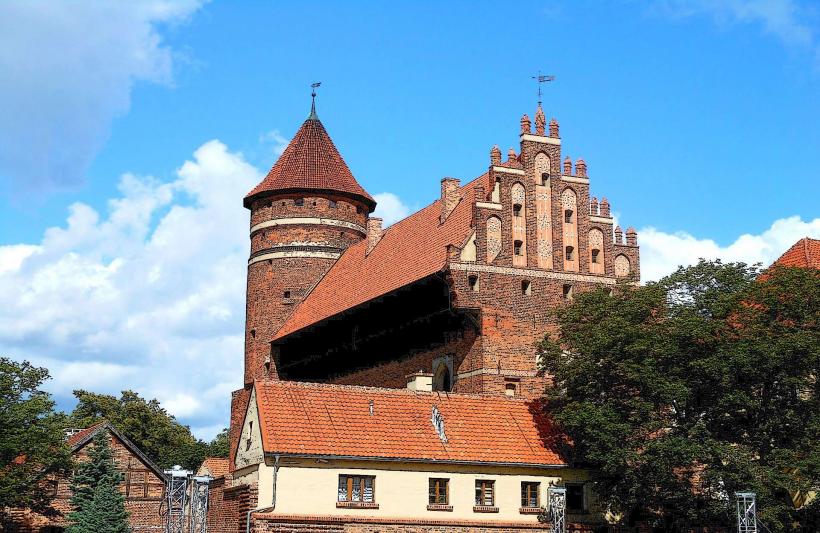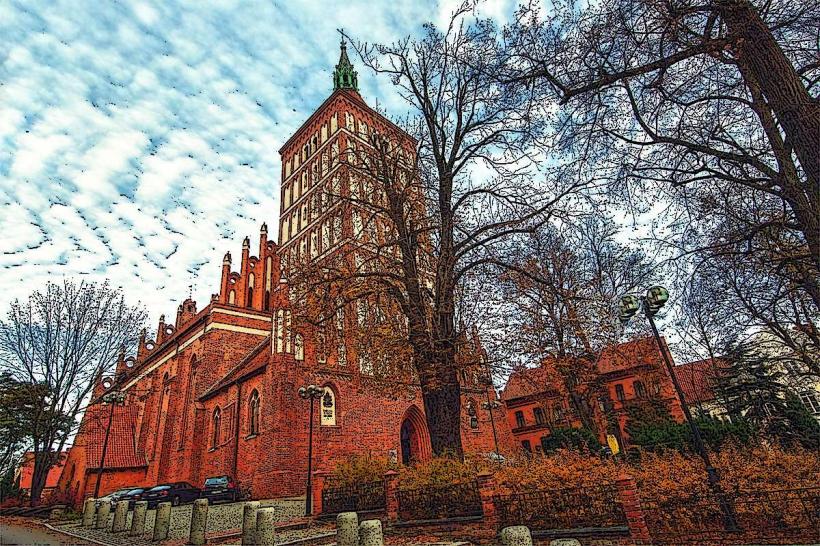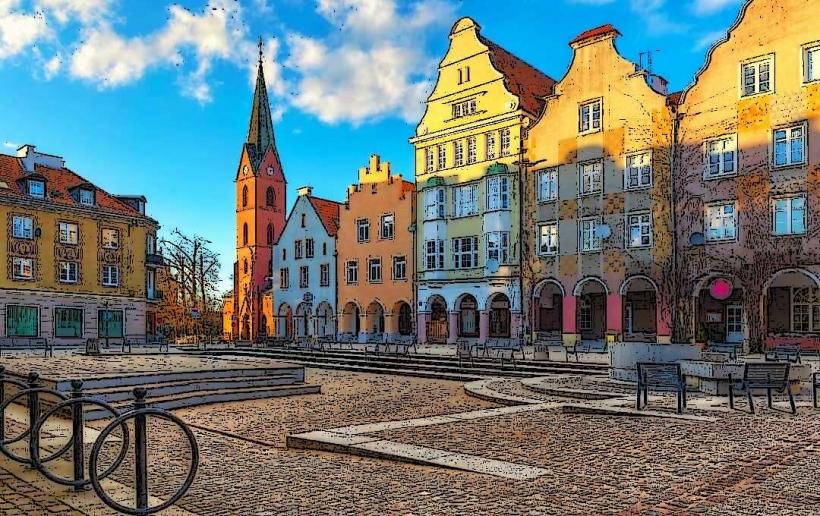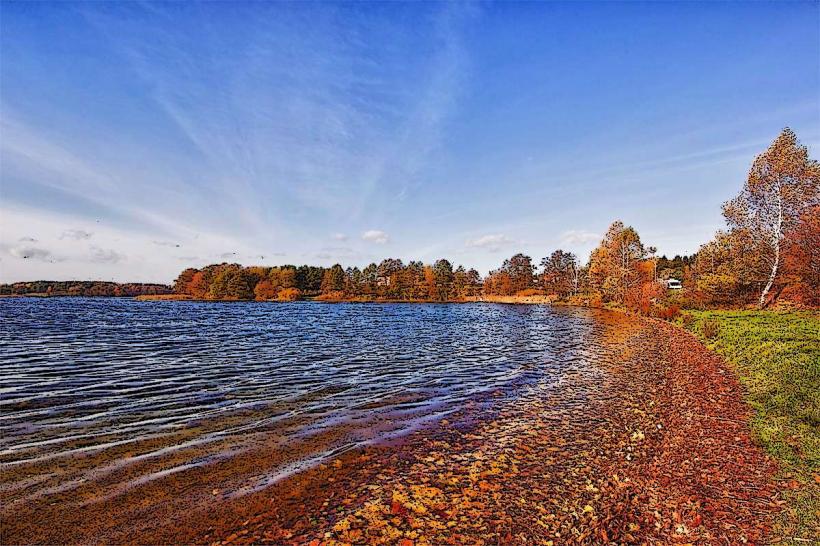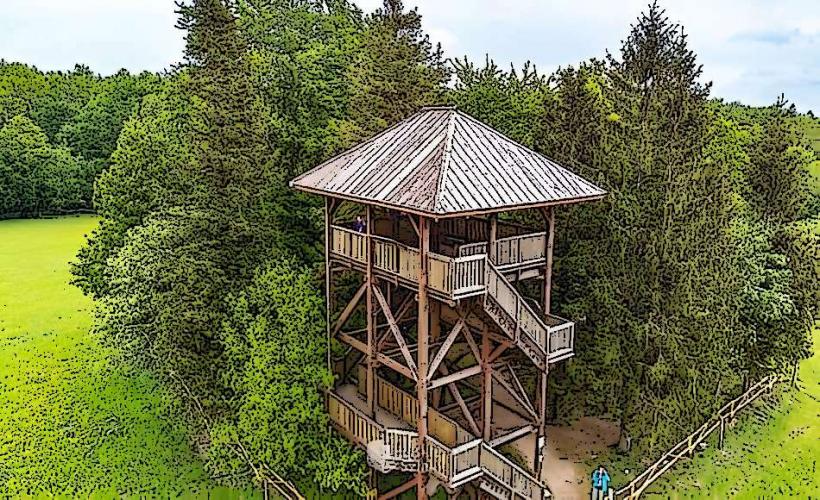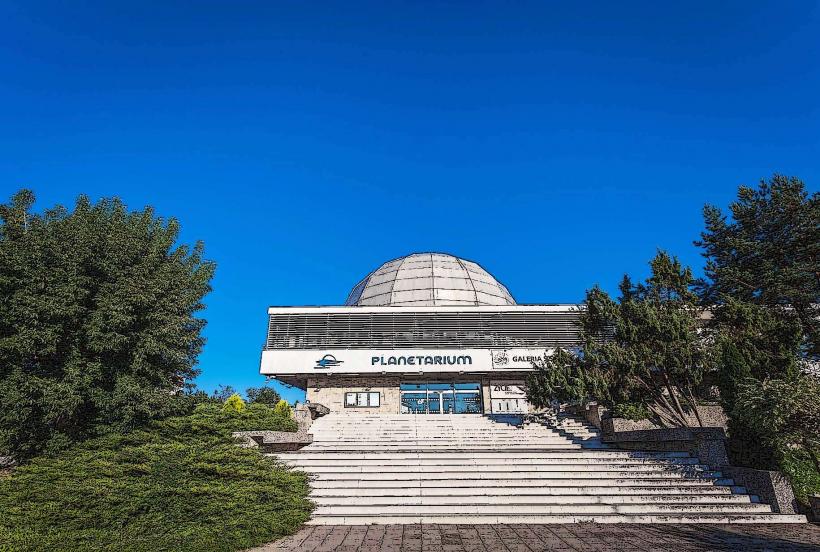Information
Landmark: Museum of Warmia and MazuryCity: Olsztyn
Country: Poland
Continent: Europe
The Museum of Warmia and Mazury (Muzeum Warmii i Mazur) is a prominent museum located in Olsztyn, Poland, and is housed within the historic Olsztyn Castle on Upper Castle Hill. The museum is dedicated to the history, culture, and art of the Warmia and Mazury regions in northern Poland, offering a fascinating exploration of the area's past and heritage.
Key Features of the Museum of Warmia and Mazury:
1. Historical Context and Location
- Olsztyn Castle: The museum is located within the Olsztyn Castle, a 14th-century Gothic fortress that was originally the seat of the bishops of Warmia. The castle itself is a significant historical landmark, and the museum's location adds to the immersive experience of learning about the region's history.
- The castle was rebuilt after World War II, and its architectural design blends Gothic, Renaissance, and Baroque elements. It is an iconic part of the Olsztyn skyline, providing not only historical exhibitions but also scenic views of the surrounding area.
2. Exhibitions and Collections
- History of Warmia and Mazury: The museum covers a broad spectrum of historical topics, focusing on the development of the Warmian and Mazurian regions from prehistoric times through the Middle Ages to the modern era. It showcases the region’s role in the broader context of Polish and European history.
- Art and Culture: The museum houses a rich collection of local art, including paintings, sculptures, and decorative arts that reflect the region’s cultural diversity. Exhibits often include works by regional artists and examples of folk art.
- Archaeology and Prehistory: The museum features exhibitions on the prehistoric period of Warmia and Mazury, highlighting important archaeological finds, including tools, pottery, and artifacts from ancient settlements.
- Nicolaus Copernicus: The museum also explores the legacy of Nicolaus Copernicus, who worked in Olsztyn as a canon in the Warmian Chapter during the 16th century. Special exhibits focus on his scientific contributions, particularly his work on heliocentrism, as well as his time in the city.
- Ethnography and Folklore: There are exhibitions dedicated to the traditions, customs, and folk life of the region. These displays often include traditional clothing, tools, and artifacts from everyday life in past centuries.
3. Architectural and Interior Highlights
- The museum's exhibits are spread across several floors of the Olsztyn Castle, with many of the rooms preserving their original architectural elements. Visitors can explore the grand castle halls, the bishop's chambers, and the castle’s courtyard while interacting with exhibits that detail the history of the building itself.
- The castle tower offers panoramic views of Olsztyn, which provides visitors with a historical and scenic perspective of the city.
4. Special Exhibitions and Events
- The museum frequently hosts special temporary exhibitions, workshops, and cultural events that delve into various aspects of the region’s history, art, and culture. These events are designed to engage visitors and provide deeper insights into the rich heritage of Warmia and Mazury.
- Educational programs are also available, making the museum an excellent destination for school groups, history enthusiasts, and anyone interested in the region’s past.
5. Museum and Regional Significance
- As the principal institution for the study and preservation of the history and culture of Warmia and Mazury, the museum plays a central role in safeguarding the region's heritage. It contributes significantly to the cultural life of Olsztyn and the wider Warmian-Masurian Voivodeship.
- The museum’s archives and collections are also valuable resources for researchers and historians interested in the local history and culture of the area.
Conclusion:
The Museum of Warmia and Mazury is a must-visit destination for anyone interested in the history, culture, and heritage of northern Poland. Housed within the historic Olsztyn Castle, it provides a comprehensive and engaging look at the region’s past, from its medieval beginnings to its modern-day developments. With its diverse collections, historical exhibits, and beautiful setting, the museum offers visitors a deep dive into the fascinating history of Warmia and Mazury and its important place in Polish history.

